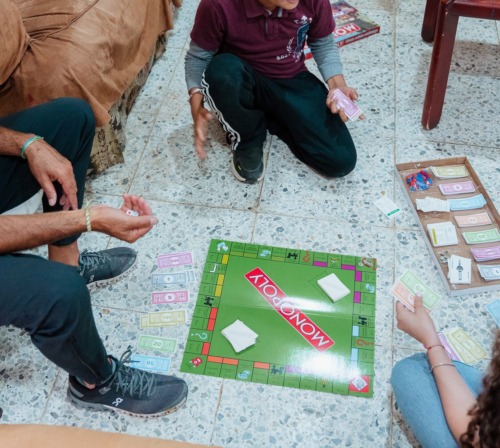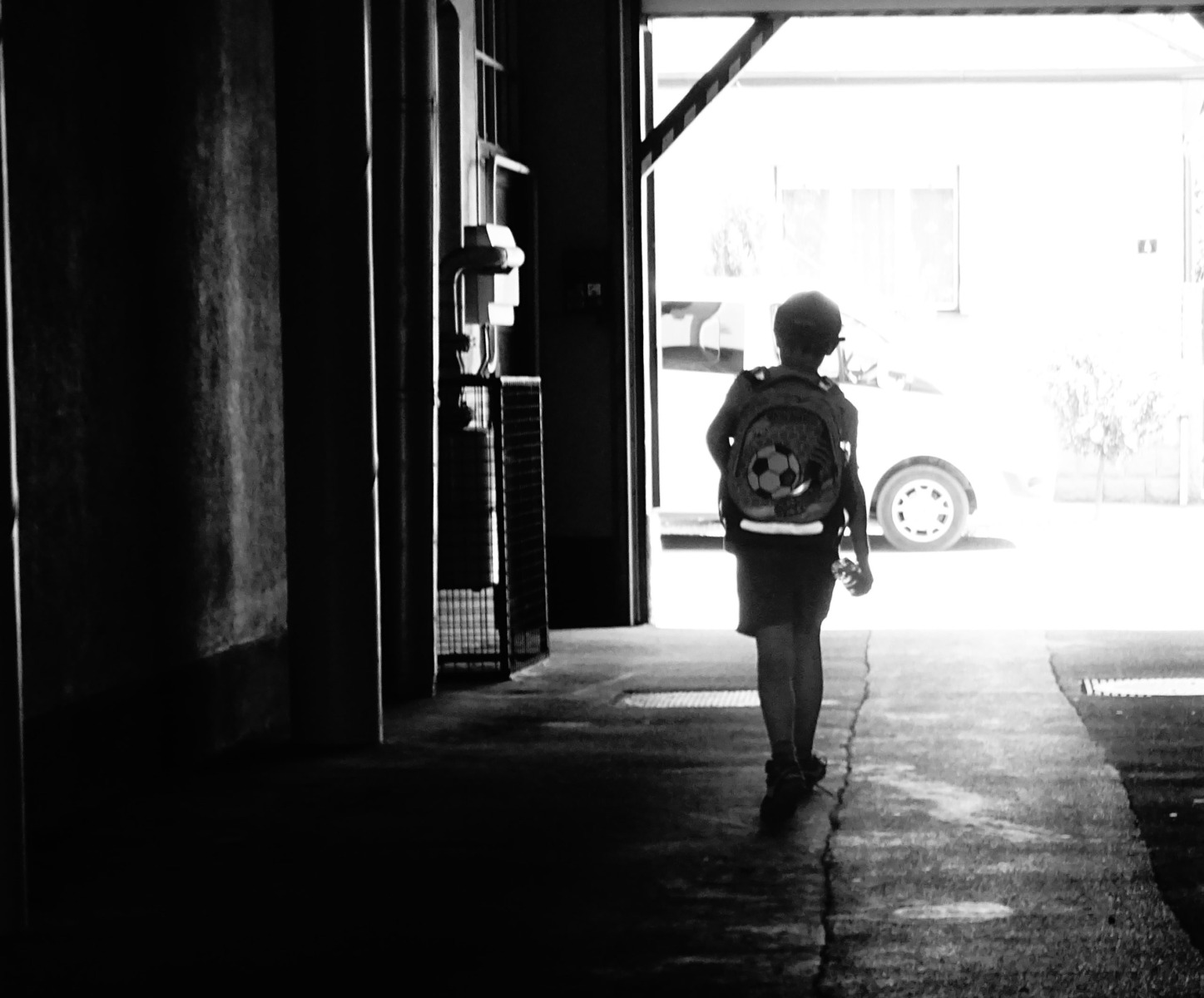Let me tell you a story of empowerment. It doesn’t begin that way, though – stories like these rarely do. This story begins on a bus travelling through chaotic city streets. The air is thick and heavy with heat, the way it is with city buses in the summertime. There’s a boy on the bus who appears to be school-aged, though he rides the routes all morning and afternoon. He carries a bag of peanuts and candies and walks the aisle, back and forth, selling the snacks to anyone who will give him a couple coins. Later, he’ll do the same on the streets.
Jeremiah* spent many days this way, selling as much as he could. If Jeremiah didn’t meet the day’s quota, he received a beating by his caregiver, Miranda.*
Though we may agree, this kind of treatment isn’t care at all.
Jeremiah’s experience of abuse didn’t start in Miranda’s house. His mother took him to live with Miranda, her friend, because his stepfather severely beat him. Jeremiah should have been learning in school, but that opportunity was stripped from him in exchange for a life on street; just as a loving, safe homelife had been exchanged for one abusive guardian to another. It seemed that, for Jeremiah, abuse would follow him everywhere he went in life.
Violence against children creates lifelong consequences. The World Health Organization states that abuse increases the likelihood of a child dropping out of school, the difficulty of finding and keeping a job, and the risk of perpetrating violence to children in the future (1).
Stated plainly, child abuse sets the stage for violence against the next generation of children — unless someone steps in and stops the cycle.

One day, Jeremiah worried about his sales. He hadn’t sold enough and needed to come up with the rest of the day’s wages before returning to Miranda. It was getting late, so Jeremiah began knocking on doors to ask for money. As he approached one house, Jeremiah said to himself, “this is the last door that I will knock.” And when he did, a man answered the door. He bought the rest of the peanuts and told Jeremiah that he was a lawyer. He began to ask the boy questions, and took a picture of Jeremiah to post of social media. It would seem that a plan was in motion to rescue him.
The police began searching for Jeremiah, but he hid and escaped whenever they came close. Miranda had instilled a fear of orphanages and children’s homes in Jeremiah, scaring him into believing that nowhere would be better than staying with her. Jeremiah shared this account from his rescue: “The day the police finally got me, I was so scared that I couldn’t sleep.” But the next day, he arrived at a Horizon Micro Community. “In six months, I learned to read and write. I felt so happy reading my first word!”
Jeremiah had been rescued from a life of abuse, but his journey didn’t stop there. Rescue is only the first step in a story of empowerment. What followed is a long journey of restoration, which involved going to school for the first time, working with specialists, and receiving counseling to work through past trauma.
“Jeremiah had a lot of nightmares,” one counselor shared. “For a long time, he had to sleep with the lights on.” Through time and faithful investment in Jeremiah’s life, he began to progress. “He has a warrior spirit. I’m so happy that this potential will be used in positive leadership instead of a gang.” We know that true empowerment doesn’t end here. When basic human rights are restored, children and youth like Jeremiah can become empowered people with new visions and possibilities for their lives. For Jeremiah, that looks like a dream to study at a university and become an entrepreneur.
But there’s an even higher call, an even broader application of empowerment in Jeremiah’s life, and that’s in his family and community. We know that child maltreatment affects more than just the child and their household – social and occupational outcomes of abuse can “ultimately slow a country’s economic and social development. (2)”

What can we do to stop the cycle? One of the biggest measures includes supporting parents and teaching positive parenting skills – two elements already within Horizon programming to serve families, whether they are reunified or considered at-risk. Ongoing care for children and families, along with advocacy for enhanced laws prohibiting violence against children, can reduce abuse and its consequences.
Jeremiah’s story transformed from abuse to empowerment, but there are countless other children just like him who are still suffering from violence and maltreatment. Jeremiah happened to knock on the door of a man who answered, paid attention to him, and decided to speak up about the injustice he saw. Because of that, we can know his story. Let us now take what we know and speak up for the ones still knocking.
Written by Sarah Pryor and Marco Vásquez
* Names changes for child protection
Sources:
- World Health Organization. (2022). Violence against children. https://www.who.int/news-room/fact-sheets/detail/violence-against-children
- World Health Organization. (2022). Child Maltreatment. https://www.who.int/news-room/fact-sheets/detail/child-maltreatment

